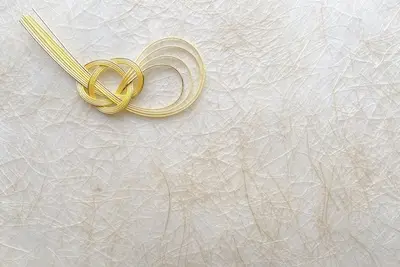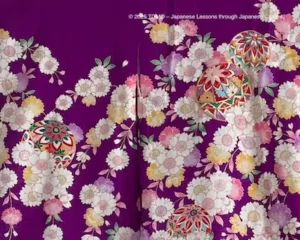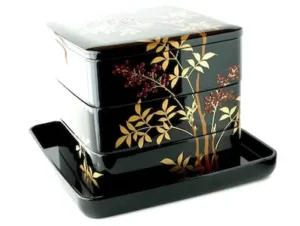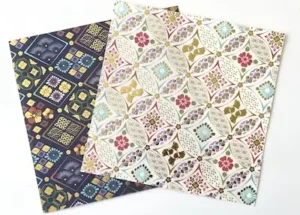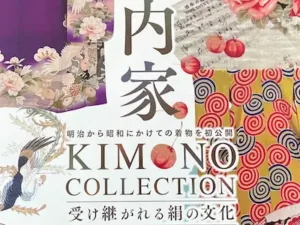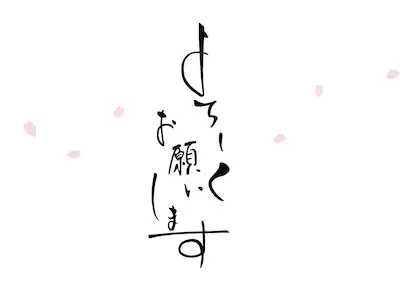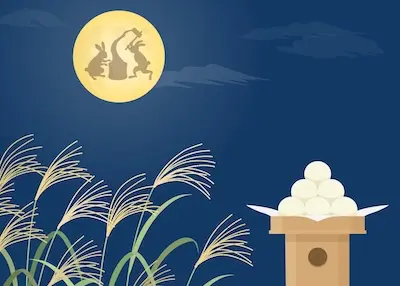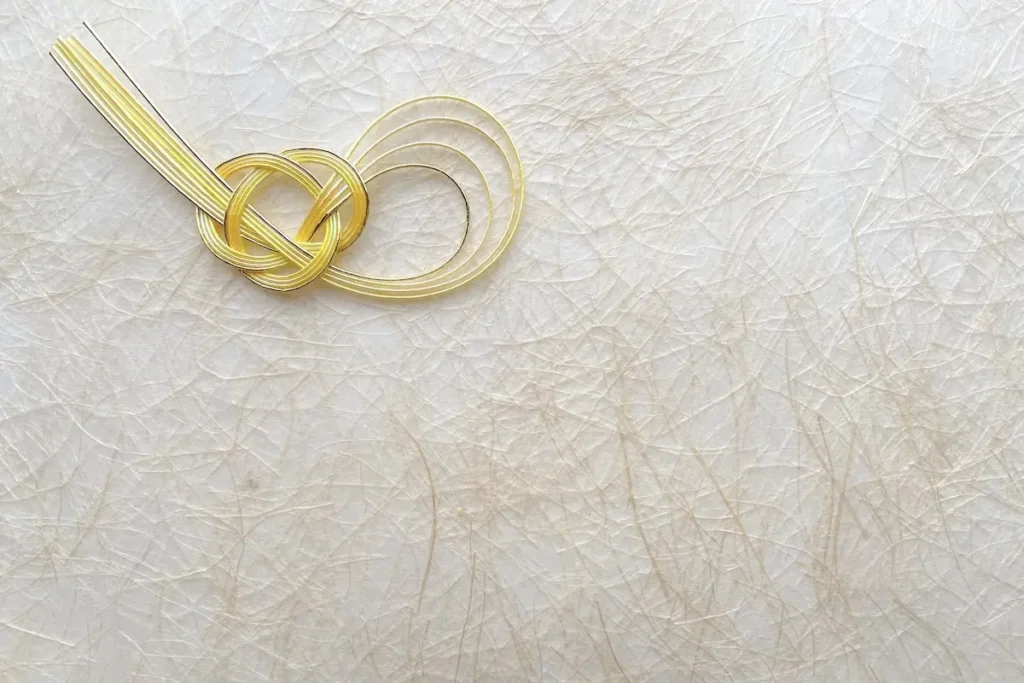
Washi: Learn Japanese Words While Exploring Japanese Culture
What is Washi?|Traditional Japanese Paper
Washi(和紙:わし) is traditional Japanese paper that has been made for over a thousand years.
It is admired for its beauty and strength. In addition, it is highly valued worldwide.
Furthermore, in 2014, the technique of handmade washi was recognized by UNESCO.
It was registered as an Intangible Cultural Heritage under the name “Washi: the craftsmanship of Japanese hand-made paper.”
History of Washi
Washi was introduced to Japan from China during the Nara period (8th century). Then, it developed uniquely in Japan. At first, it was used for documents by nobles, temples, and Buddhist scriptures. Later, it spread to daily items and letters.
During the Heian period, washi played an important role in culture and art, including decorations and picture scrolls.
In the Edo period, it became widely used by townspeople and commoners. Thus, washi became an essential part of Japanese daily life. Furthermore, the technique of hand-made washi was refined in various regions and continues to be passed down to this day.
Materials and Features of Washi
The main materials of washi are as follows:
- Kozo (mulberry): Strong with long fibers, it is the basic material for paper making.
- Mitsumata: Soft fibers that create smooth-textured paper.
- Gampi: Fine fibers with a glossy finish, producing thin and strong paper.
Currently, the most widely used material for washi is kozo.
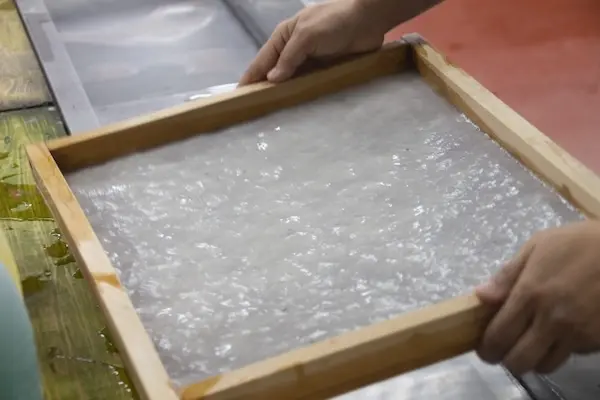
Washi is often made by hand, called tesuki (手漉き) in Japanese.
Tesuki means placing fibers in a paper-making vat and forming each sheet one by one.
By carefully layering the fibers, the paper becomes strong and beautiful.
This process allows each material to show its unique characteristics.
On the other hand, Western paper is made from wood pulp and can be mass-produced.
It is still widely used today for textbooks, newspapers, and other everyday printed materials.
Decline and Modern Use of Washi
During the Meiji period, Western paper began to be used for textbooks and printed materials.
As a result, the demand for washi decreased.
However, in famous production areas such as Mino (Gifu Prefecture), Sekishu (Shimane Prefecture), and Hosokawa (Saitama Prefecture), traditional washi is still made today.
Washi has long fibers. This makes it very strong and resistant to tearing.
It also has a soft texture that lets light pass through. In addition, it has a warmth that Western paper does not have.
Therefore, it is used for artworks, crafts, lighting, and stationery.
Furthermore, washi is attracting attention from overseas. It continues to be used as a material that represents Japanese culture.
Washi has been used for centuries in artworks and crafts.
For example, it was used in famous picture scrolls such as Chōjū-giga (鳥獣戯画) to create detailed illustrations.
Japanese of the Day / 今日の日本語
- Word:手漉き(Tesuki) – Hand-made (paper)
- Meaning:A traditional method of making paper by hand, where fibers are placed in a vat and carefully layered to form each sheet.
- Example:和紙は手漉きで作られます。(Washi wa tesuki de tsukuraremasu.)
(Washi is made by hand using the tesuki method.) - Fun Fact:Tesuki washi has a history of over a thousand years and was registered as a UNESCO Intangible Cultural Heritage in 2014.
◆ Would you like to talk about Japanese culture? ◆
In the Culture Course, you can learn to speak about Japanese culture with me.
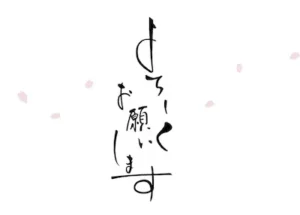

和紙とは|日本の伝統紙
和紙(わし)は、日本で千年以上受け継がれてきた伝統的な紙で、その美しさと強さから世界でも高く評価されています。
2014年には「和紙:日本の手漉き(てすき)和紙技術」としてユネスコ無形文化遺産に登録されました。
和紙の歴史
和紙は、奈良時代(8世紀)に中国から伝わり、日本で独自に発展しました。
最初は貴族や寺院の文書、仏教の経典に使われました。後に日常生活の道具や書簡などにも広まりました。
平安時代には、装飾や絵巻物など文化や芸術の中で重要な役割を果たしてきました。
江戸時代には、町人や庶民の生活用品にも広がりました。和紙は日本の生活文化に欠かせない存在となりました。
手漉き和紙の技術は、各地で工夫が重ねられ、現在まで受け継がれています。
和紙の材料と特徴
和紙の主な材料は以下の通りです。
- 楮(こうぞ):丈夫で繊維が長く、紙漉きの基本となる素材。
- 三椏(みつまた):繊維がやわらかく、なめらかな質感の紙が作れる。
- 雁皮(がんぴ):繊維が細かく光沢があり、薄くて強い紙が作れる。
現在、和紙の主材料として最も多く使われているのは楮です。
和紙は手漉きで作られることが多いです。
手漉きとは、漉き舟に繊維を入れて一枚ずつ紙を作る方法です。丁寧に漉き重ねることで丈夫で美しい紙になります。
この工程によって、材料ごとの特性を生かすことができます。
一方、洋紙は木材パルプを原料としており、大量生産が可能です。
現在も教科書や新聞、一般印刷物などの日常的な用途に広く使われています。
衰退と現代の状況
明治時代に、教科書や印刷物に西洋紙が使われるようになり、和紙の需要は減少しました。
しかし、美濃(岐阜県)、石州(島根県)、細川(埼玉県)などの産地では、現在も伝統的な和紙が作られています。
和紙は繊維が長いため非常に丈夫で破れにくいです。光を通すやさしい質感があります。
そして、西洋紙にはないあたたかみがあります。
そのため、美術品や工芸品、照明、文房具などに使われています。
そして、海外からも注目されています。和紙は今も、日本文化を象徴する素材として活用されています。
和紙は昔から美術や工芸に使われてきました。
例えば、有名な絵巻物の一つである鳥獣戯画にも和紙が用いられています。

